ENiM 9 - 2016 (ISSN 2102-6629)
Sommaire
Pages
1-4
 Cet article propose une nouvelle lecture de lâĂ©pithĂšte dâOurethĂ©kaou, dĂ©esse liĂ©e au couronnement, sur un pendentif en or du ToutĂąnkhamon conservĂ© au musĂ©e Ă©gyptien du Caire (JE 61952), trouvĂ© dans le petit naos dorĂ© de ToutĂąnkhamon. Lâarticle tente dâĂ©tablir la preuve, en comparant avec dâautres attestations de lâĂ©pithĂšte, que lâĂ©pithĂšte royale « le bien-aimĂ© de OurethĂ©kaou, dame de ciel » devrait plutĂŽt ĂȘtre lu « le bien-aimĂ© dâOurethĂ©kaou, dame du palais ».
Cet article propose une nouvelle lecture de lâĂ©pithĂšte dâOurethĂ©kaou, dĂ©esse liĂ©e au couronnement, sur un pendentif en or du ToutĂąnkhamon conservĂ© au musĂ©e Ă©gyptien du Caire (JE 61952), trouvĂ© dans le petit naos dorĂ© de ToutĂąnkhamon. Lâarticle tente dâĂ©tablir la preuve, en comparant avec dâautres attestations de lâĂ©pithĂšte, que lâĂ©pithĂšte royale « le bien-aimĂ© de OurethĂ©kaou, dame de ciel » devrait plutĂŽt ĂȘtre lu « le bien-aimĂ© dâOurethĂ©kaou, dame du palais ».
 This article presents a new reading for the epithet of Werethekau, the goddess of coronation, on the golden pendant of Tutankhamun at Cairo Museum (JEÂ 61952). The epithet of Werethekau was found on a pendant within the small golden shrine of Tutankhamun. This paper will investigate the evidence whether one of the epithet of the king âbeloved of Werethekau, lady of heavenâ should instead be read as âbeloved of Werethekau, lady of the palaceâ through comparison with other known examples of the epithet.
This article presents a new reading for the epithet of Werethekau, the goddess of coronation, on the golden pendant of Tutankhamun at Cairo Museum (JEÂ 61952). The epithet of Werethekau was found on a pendant within the small golden shrine of Tutankhamun. This paper will investigate the evidence whether one of the epithet of the king âbeloved of Werethekau, lady of heavenâ should instead be read as âbeloved of Werethekau, lady of the palaceâ through comparison with other known examples of the epithet.
Pages
5-14
 Dans le problĂšme 1 du P. Berlin 6619, la derniĂšre partie de chaque ligne est perdue. Dans cet article, jâindique les raisons pour lesquelles lâinterprĂ©tation de la maniĂšre de procĂ©der ne peut se fonder uniquement sur des raisonnements mathĂ©matiques, mais aussi sur lâexpĂ©rimentation concrĂšte dâhypothĂšses de reconstruction des phrases manquantes. Lâanalyse du texte du problĂšme indique que les cĂŽtĂ©s dâun rectangle sont calculĂ©s avec lâobjectif de montrer un cas du « thĂ©orĂšme de Pythagore ». Une autre hypothĂšse, avancĂ©e au dĂ©but du siĂšcle dernier, est infirmĂ©e.
Dans le problĂšme 1 du P. Berlin 6619, la derniĂšre partie de chaque ligne est perdue. Dans cet article, jâindique les raisons pour lesquelles lâinterprĂ©tation de la maniĂšre de procĂ©der ne peut se fonder uniquement sur des raisonnements mathĂ©matiques, mais aussi sur lâexpĂ©rimentation concrĂšte dâhypothĂšses de reconstruction des phrases manquantes. Lâanalyse du texte du problĂšme indique que les cĂŽtĂ©s dâun rectangle sont calculĂ©s avec lâobjectif de montrer un cas du « thĂ©orĂšme de Pythagore ». Une autre hypothĂšse, avancĂ©e au dĂ©but du siĂšcle dernier, est infirmĂ©e.
 In problem 1 of P. Berlin 6619 the final part of each line is lost. In this paper I indicate the reasons why the interpretation of the procedure cannot be based only on mathematical arguments, but also on concrete experimentations of hypotheses of reconstruction of the sentences and restoration of the missing parts. The analysis of the problem text indicates that the sides of a rectangle are calculated with the aim of showing a case of the âPythagorean theoremâ. An alternative hypothesis, advanced at the beginning of last century, is unsupported and unsuitable.
In problem 1 of P. Berlin 6619 the final part of each line is lost. In this paper I indicate the reasons why the interpretation of the procedure cannot be based only on mathematical arguments, but also on concrete experimentations of hypotheses of reconstruction of the sentences and restoration of the missing parts. The analysis of the problem text indicates that the sides of a rectangle are calculated with the aim of showing a case of the âPythagorean theoremâ. An alternative hypothesis, advanced at the beginning of last century, is unsupported and unsuitable.
Pages
15-36
 Les particularitĂ©s architecturales de la pyramide rhomboĂŻdale de SnĂ©frou Ă Dahchour-Sud inspirent deux courants dâinterprĂ©tation. Le premier consiste Ă y voir lâexpression symbolique dĂ©libĂ©rĂ©e dâune dualitĂ© et, le second, des modifications en raison de problĂšmes structuraux survenus au cours du chantier. Cet article fait le point sur lâĂ©tat de lâarchĂ©ologie en y apportant des observations inĂ©dites et complĂ©mentaires. Certains dĂ©tails jusquâalors passĂ©s inaperçus, ainsi que la pathologie de lâĂ©difice, amĂšnent Ă confirmer que les bĂątisseurs ont apportĂ© plusieurs changements Ă leur projet, mais aussi Ă en saisir les raisons. Une rĂ©vision complĂšte de lâhistoire du monument est ainsi proposĂ©e en guise de conclusion.
Les particularitĂ©s architecturales de la pyramide rhomboĂŻdale de SnĂ©frou Ă Dahchour-Sud inspirent deux courants dâinterprĂ©tation. Le premier consiste Ă y voir lâexpression symbolique dĂ©libĂ©rĂ©e dâune dualitĂ© et, le second, des modifications en raison de problĂšmes structuraux survenus au cours du chantier. Cet article fait le point sur lâĂ©tat de lâarchĂ©ologie en y apportant des observations inĂ©dites et complĂ©mentaires. Certains dĂ©tails jusquâalors passĂ©s inaperçus, ainsi que la pathologie de lâĂ©difice, amĂšnent Ă confirmer que les bĂątisseurs ont apportĂ© plusieurs changements Ă leur projet, mais aussi Ă en saisir les raisons. Une rĂ©vision complĂšte de lâhistoire du monument est ainsi proposĂ©e en guise de conclusion.
 The architectural peculiarities of the Bent pyramid built by Snefru at South Dahshur are the subject of two currents of interpretation. The first one consists of seeing the symbolic and deliberate expression of a duality in the design, and the second one, modifications due to structural problems that occurred during the construction work. This article reviews the archaeological situation by bringing unpublished and additional observations into the discussion. Some details that have been unnoticed by commentators so far, as well as a structural pathology of the building, lead to confirmation that the builders changed their project several times, but also reveal the reasons for these changes. A complete revision of the history of the monument is then suggested as a conclusion.
The architectural peculiarities of the Bent pyramid built by Snefru at South Dahshur are the subject of two currents of interpretation. The first one consists of seeing the symbolic and deliberate expression of a duality in the design, and the second one, modifications due to structural problems that occurred during the construction work. This article reviews the archaeological situation by bringing unpublished and additional observations into the discussion. Some details that have been unnoticed by commentators so far, as well as a structural pathology of the building, lead to confirmation that the builders changed their project several times, but also reveal the reasons for these changes. A complete revision of the history of the monument is then suggested as a conclusion.
Pages
37-45
 La production de vin en Ăgypte pharaonique est bien connue grĂące, notamment, aux nombreuses reprĂ©sentations funĂ©raires peintes dans les tombes nobiliaires, de mĂȘme que par lâarchĂ©ologie, par le biais des conteneurs ayant permis son transport et sa conservation. Le dĂ©tail des mĂ©thodes de production, et notamment de fermentation, sont cependant moins bien apprĂ©hendĂ©es. Le croisement des donnĂ©es picturales et Ă©pigraphiques permet nĂ©anmoins de lever un voile sur une possible mĂ©thode de prĂ©paration du vin, le passerillage.
La production de vin en Ăgypte pharaonique est bien connue grĂące, notamment, aux nombreuses reprĂ©sentations funĂ©raires peintes dans les tombes nobiliaires, de mĂȘme que par lâarchĂ©ologie, par le biais des conteneurs ayant permis son transport et sa conservation. Le dĂ©tail des mĂ©thodes de production, et notamment de fermentation, sont cependant moins bien apprĂ©hendĂ©es. Le croisement des donnĂ©es picturales et Ă©pigraphiques permet nĂ©anmoins de lever un voile sur une possible mĂ©thode de prĂ©paration du vin, le passerillage.
 The wine production during Pharaonic period is well known thanks to the funeral representations painted in the nobleâs tombs as well as to archaeology through the containers that enable their transportation. The detail of the method of production, and especially the fermentation, is however less apprehended. The crossing of pictorial and epigraphic data enables nonetheless to lift the veil on a possible method to produce wine: the passerillage.
The wine production during Pharaonic period is well known thanks to the funeral representations painted in the nobleâs tombs as well as to archaeology through the containers that enable their transportation. The detail of the method of production, and especially the fermentation, is however less apprehended. The crossing of pictorial and epigraphic data enables nonetheless to lift the veil on a possible method to produce wine: the passerillage.
Pages
47-63
 Publication de fragments de cercueil trouvĂ©s Ă Abydos et actuellement conservĂ©s au Fitzwilliam Museum de Cambridge (E.283.1900). JusquâĂ aujourdâhui, le cercueil Ă©tait gĂ©nĂ©ralement datĂ© de la fin du Moyen Empire mais des parallĂšles montrent quâil sâagirait plutĂŽt du dĂ©but du Nouvel Empire. Les objets trouvĂ©s avec le sarcophage sont Ă©galement publiĂ©s et datent du dĂ©but du Nouvel Empire.
Publication de fragments de cercueil trouvĂ©s Ă Abydos et actuellement conservĂ©s au Fitzwilliam Museum de Cambridge (E.283.1900). JusquâĂ aujourdâhui, le cercueil Ă©tait gĂ©nĂ©ralement datĂ© de la fin du Moyen Empire mais des parallĂšles montrent quâil sâagirait plutĂŽt du dĂ©but du Nouvel Empire. Les objets trouvĂ©s avec le sarcophage sont Ă©galement publiĂ©s et datent du dĂ©but du Nouvel Empire.
 Full publication of coffin fragments found at Abydos and now in the Fitzwilliam Museum, Cambridge (E.283.1900). The coffin was hitherto mostly dated to the late Middle Kingdom, but parallels show that it is datable to the early New Kingdom. The objects found with the coffin are published too and also belong mostly to the early New Kingdom.
Full publication of coffin fragments found at Abydos and now in the Fitzwilliam Museum, Cambridge (E.283.1900). The coffin was hitherto mostly dated to the late Middle Kingdom, but parallels show that it is datable to the early New Kingdom. The objects found with the coffin are published too and also belong mostly to the early New Kingdom.
Pages
65-77
 Le gymnase Ă©tait Ă lâĂ©poque hellĂ©nistique un vĂ©ritable symbole de la culture grecque et reprĂ©sentait le mode de vie hellĂšne par excellence. Or, un souverain lagide fonda Ă AthĂšnes â citĂ© de culture entre toutes et qui disposait dĂ©jĂ notamment des gymnases du LycĂ©e et de lâAcadĂ©mie â un nouvel Ă©difice Ă une date qui reste indĂ©terminĂ©e et dont la localisation nâest pas aisĂ©e. Cet article propose de retracer le contexte politique de la citĂ© athĂ©nienne au IIIe siĂšcle afin de tenter dâidentifier quel fut le PtolĂ©mĂ©e bienfaiteur de la citĂ©.
Le gymnase Ă©tait Ă lâĂ©poque hellĂ©nistique un vĂ©ritable symbole de la culture grecque et reprĂ©sentait le mode de vie hellĂšne par excellence. Or, un souverain lagide fonda Ă AthĂšnes â citĂ© de culture entre toutes et qui disposait dĂ©jĂ notamment des gymnases du LycĂ©e et de lâAcadĂ©mie â un nouvel Ă©difice Ă une date qui reste indĂ©terminĂ©e et dont la localisation nâest pas aisĂ©e. Cet article propose de retracer le contexte politique de la citĂ© athĂ©nienne au IIIe siĂšcle afin de tenter dâidentifier quel fut le PtolĂ©mĂ©e bienfaiteur de la citĂ©.
 The gymnasium was in the Hellenistic period a symbol of Greek culture and represented the Hellenic way of life. Interestingly, a Ptolemaic sovereign founded in Athens â the most cultural famous city and which already had gymnasiums like The Lyceum and the Academy â a new building at a date still unknown and whose location is not easy. This article aims to retrace the political context of the Athenian city in the third century in an attempt to identify who was the Ptolemyâs benefactor of the city.
The gymnasium was in the Hellenistic period a symbol of Greek culture and represented the Hellenic way of life. Interestingly, a Ptolemaic sovereign founded in Athens â the most cultural famous city and which already had gymnasiums like The Lyceum and the Academy â a new building at a date still unknown and whose location is not easy. This article aims to retrace the political context of the Athenian city in the third century in an attempt to identify who was the Ptolemyâs benefactor of the city.
Pages
79-111
 Les diffĂ©rentes formes des deux premiers dĂ©cans qui appartiennent au signe de Taureau dans les zodiaques grĂ©co-romains â femme agenouillĂ©e, cochon, Osiris mort couchant dans un bateau, yeux â renvoient Ă la pleine lune au premier mois de Chemou ainsi quâaux Ă©vĂ©nements cultuels et mythiques qui sây rapportent. Cette coĂŻncidence sâexplique par le fait que le premier mois de Chemou et le sĂ©jour annuel du soleil dans le signe Taureau se superposent au dĂ©but de lâĂre commune. Les dĂ©cans montrant Osiris et les yeux dans le bateau et appartenant au Taureau proviennent Ă©galement des diagrammes astronomiques du Nouvel Empire, qui reprĂ©sentaient aussi un bateau sous le dĂ©can ?r.j-jb-wj? « le milieu du bateau ». Plus tard, ce dĂ©can sera rangĂ© avec le signe de la Balance. Lâanalyse des symboles du dĂ©can dans le diagramme astronomique de RamessĂ©um et dans le zodiaque circulaire de Dendera dĂ©montre, en dĂ©couvrant les couches de significations multiples se rapportant aux images, que la constellation Ă©gyptienne du Bateau Ă©tait identique aux trois Ă©toiles les plus brillantes du signe actuel de la Balance (?, ?, et ? Librae, le dĂ©can ?r.j-jb-wj? Ă©tant lâĂ©toile au milieu, ? Librae). Ce bateau observĂ© dans le ciel jouait un rĂŽle important dans les cosmographies Ă©gyptiennes et dans le mythe astral dâOsiris, car, presque tout au long de lâhistoire de lâĂgypte ancienne, il se situait non loin du point dâĂ©quinoxe dâautomne.
Les diffĂ©rentes formes des deux premiers dĂ©cans qui appartiennent au signe de Taureau dans les zodiaques grĂ©co-romains â femme agenouillĂ©e, cochon, Osiris mort couchant dans un bateau, yeux â renvoient Ă la pleine lune au premier mois de Chemou ainsi quâaux Ă©vĂ©nements cultuels et mythiques qui sây rapportent. Cette coĂŻncidence sâexplique par le fait que le premier mois de Chemou et le sĂ©jour annuel du soleil dans le signe Taureau se superposent au dĂ©but de lâĂre commune. Les dĂ©cans montrant Osiris et les yeux dans le bateau et appartenant au Taureau proviennent Ă©galement des diagrammes astronomiques du Nouvel Empire, qui reprĂ©sentaient aussi un bateau sous le dĂ©can ?r.j-jb-wj? « le milieu du bateau ». Plus tard, ce dĂ©can sera rangĂ© avec le signe de la Balance. Lâanalyse des symboles du dĂ©can dans le diagramme astronomique de RamessĂ©um et dans le zodiaque circulaire de Dendera dĂ©montre, en dĂ©couvrant les couches de significations multiples se rapportant aux images, que la constellation Ă©gyptienne du Bateau Ă©tait identique aux trois Ă©toiles les plus brillantes du signe actuel de la Balance (?, ?, et ? Librae, le dĂ©can ?r.j-jb-wj? Ă©tant lâĂ©toile au milieu, ? Librae). Ce bateau observĂ© dans le ciel jouait un rĂŽle important dans les cosmographies Ă©gyptiennes et dans le mythe astral dâOsiris, car, presque tout au long de lâhistoire de lâĂgypte ancienne, il se situait non loin du point dâĂ©quinoxe dâautomne.
 The different forms of the first two decans that belong to the sign of Taurus in the Graeco-Roman zodiacs â a kneeling woman, a pig, the dead Osiris lying in a boat, and a pair of eyes â are shown to refer to the full moon in the month I Shemu, and the cultic and mythological connotations of this event. The basis of this connection was the fact that I Shemu overlapped with the sunâs annual stay in Taurus around the beginning of the Common Era. The Taurus decans showing Osiris and the pair of eyes in the barque derive from the New Kingdom astronomical diagrams which depicted a boat under the decan called ?r.j-jb-wj? âthe middle of the boatâ. In the later zodiacs the same decan belongs to the sign of Libra. The analysis of the symbols of this decan in the astronomical diagram of the Ramesseum and in the round zodiac of Dendera, unveiling the multiple layers of signification that have been attached to them, reveals that the Egyptian constellation of the boat was identical with the three brighest stars of the modern constellation of Libra (?, ?, and ? Librae, the ?r.j-jb-wj? decan being the star in the middle, ? Librae). This boat in the sky played a crucial role in Egyptian cosmographies and the astral myth of Osiris because of its closeness to the autumnal equinoctial point throughout much of ancient Egyptian history.
The different forms of the first two decans that belong to the sign of Taurus in the Graeco-Roman zodiacs â a kneeling woman, a pig, the dead Osiris lying in a boat, and a pair of eyes â are shown to refer to the full moon in the month I Shemu, and the cultic and mythological connotations of this event. The basis of this connection was the fact that I Shemu overlapped with the sunâs annual stay in Taurus around the beginning of the Common Era. The Taurus decans showing Osiris and the pair of eyes in the barque derive from the New Kingdom astronomical diagrams which depicted a boat under the decan called ?r.j-jb-wj? âthe middle of the boatâ. In the later zodiacs the same decan belongs to the sign of Libra. The analysis of the symbols of this decan in the astronomical diagram of the Ramesseum and in the round zodiac of Dendera, unveiling the multiple layers of signification that have been attached to them, reveals that the Egyptian constellation of the boat was identical with the three brighest stars of the modern constellation of Libra (?, ?, and ? Librae, the ?r.j-jb-wj? decan being the star in the middle, ? Librae). This boat in the sky played a crucial role in Egyptian cosmographies and the astral myth of Osiris because of its closeness to the autumnal equinoctial point throughout much of ancient Egyptian history.
Pages
113-123
 La Bataille de Qadech fut lâaffrontement militaire le plus cĂ©lĂšbre de lâhistoire antique, avant Alexandre, et le premier conflit majeur Ă ĂȘtre dĂ©crit en dĂ©tail. Ramesses II a clairement considĂ©rĂ© la bataille de Qadech comme le sommet de son rĂšgne. Dans les descriptions de la bataille, le rĂŽle militaire des gardes du corps de Ramesses II apparaĂźt comme essentiel. Le roi fut sauvĂ© grĂące au courage du corps des gardes du corps, composĂ© principalement de Chardanes, aprĂšs la fuite de ses officiers et soldats aux moments les plus durs de la bataille, qui suivirent lâattaque des Hittites. Cet article analyse le rĂŽle militaire des gardes du corps de Pharaon au cours de cette grande bataille.
La Bataille de Qadech fut lâaffrontement militaire le plus cĂ©lĂšbre de lâhistoire antique, avant Alexandre, et le premier conflit majeur Ă ĂȘtre dĂ©crit en dĂ©tail. Ramesses II a clairement considĂ©rĂ© la bataille de Qadech comme le sommet de son rĂšgne. Dans les descriptions de la bataille, le rĂŽle militaire des gardes du corps de Ramesses II apparaĂźt comme essentiel. Le roi fut sauvĂ© grĂące au courage du corps des gardes du corps, composĂ© principalement de Chardanes, aprĂšs la fuite de ses officiers et soldats aux moments les plus durs de la bataille, qui suivirent lâattaque des Hittites. Cet article analyse le rĂŽle militaire des gardes du corps de Pharaon au cours de cette grande bataille.
 The Battle of Kadesh was the most famous military clash in the ancient history and the first major conflict in the ancient world, before Alexander, to be described in detail. Ramesses II clearly regarded the Battle of Kadesh as the peak of his entire reign. The important military role of the bodyguard of Ramesses II was noticeable in the records of Ramesses II on the Battle of Kadesh. Ramesses II rescued in the battlefield, according to the valor of the royal bodyguard, which consisted mostly of the Sherden soldiers, after the escape of his officers and soldiers during the harsh moments of fighting that followed the Hittite attack on the lines of the Egyptian army at the beginning of the battle. This paper discusses the significant military role of the bodyguard of the warrior pharaoh Ramesses II in this great battle
The Battle of Kadesh was the most famous military clash in the ancient history and the first major conflict in the ancient world, before Alexander, to be described in detail. Ramesses II clearly regarded the Battle of Kadesh as the peak of his entire reign. The important military role of the bodyguard of Ramesses II was noticeable in the records of Ramesses II on the Battle of Kadesh. Ramesses II rescued in the battlefield, according to the valor of the royal bodyguard, which consisted mostly of the Sherden soldiers, after the escape of his officers and soldiers during the harsh moments of fighting that followed the Hittite attack on the lines of the Egyptian army at the beginning of the battle. This paper discusses the significant military role of the bodyguard of the warrior pharaoh Ramesses II in this great battle
Pages
125-134
 Avant que la translittĂ©ration actuelle du nom de couronnement de PtolĂ©mĂ©e VI PhilomĂ©tor ne domine la tradition Ă©gyptologique, Fr.Ll. Griffith avait proposĂ©, au XIXe siĂšcle, une lecture, reprise par H. Junker et E. Winter, dĂ©sormais abandonnĂ©e. Nous proposons de renoncer Ă la translittĂ©ration rĂ©cente utilisĂ©e par convention par la plupart des Ă©gyptologues en justifiant la nĂ©cessitĂ© du retour Ă lâancienne lecture de Fr.Ll. Griffith.
Avant que la translittĂ©ration actuelle du nom de couronnement de PtolĂ©mĂ©e VI PhilomĂ©tor ne domine la tradition Ă©gyptologique, Fr.Ll. Griffith avait proposĂ©, au XIXe siĂšcle, une lecture, reprise par H. Junker et E. Winter, dĂ©sormais abandonnĂ©e. Nous proposons de renoncer Ă la translittĂ©ration rĂ©cente utilisĂ©e par convention par la plupart des Ă©gyptologues en justifiant la nĂ©cessitĂ© du retour Ă lâancienne lecture de Fr.Ll. Griffith.
 Different readings were given to Ptolemy VI Philometorâs Coronation Name. The first one was proposed by Fr.Ll. Griffith in the Nineteenth Century, and it was reused by H. Junker and E. Winter. Griffithâs reading was then disregarded and scholars amended another recent reading which was suggested by D. Kurth and reused by J. von Beckerath. The article arguments that Griffithâs first reading was the most likely to be the correct one.
Different readings were given to Ptolemy VI Philometorâs Coronation Name. The first one was proposed by Fr.Ll. Griffith in the Nineteenth Century, and it was reused by H. Junker and E. Winter. Griffithâs reading was then disregarded and scholars amended another recent reading which was suggested by D. Kurth and reused by J. von Beckerath. The article arguments that Griffithâs first reading was the most likely to be the correct one.
Pages
135-139
 Lâanalyse de la composition chimique de baume prĂ©levĂ© sur une momie dâenfant appartenant Ă la collection du musĂ©e Calvet dâAvignon a Ă©tĂ© lâoccasion dâune collaboration fructueuse entre lâĂ©gyptologue et le chimiste. Plusieurs familles de matĂ©riaux organiques sont identifiĂ©es.
Lâanalyse de la composition chimique de baume prĂ©levĂ© sur une momie dâenfant appartenant Ă la collection du musĂ©e Calvet dâAvignon a Ă©tĂ© lâoccasion dâune collaboration fructueuse entre lâĂ©gyptologue et le chimiste. Plusieurs familles de matĂ©riaux organiques sont identifiĂ©es.
 The analyze of the chemical composition of balsam collected on a child mummy from the collection of the Calvet museum in Avignon, is the opportunity of an interesting collaboration between the Egyptologist and the Chemist. Several families of organic materials are identified.
The analyze of the chemical composition of balsam collected on a child mummy from the collection of the Calvet museum in Avignon, is the opportunity of an interesting collaboration between the Egyptologist and the Chemist. Several families of organic materials are identified.
Pages
141-153
 La statue en bronze ĂM 8988 du musĂ©e Ă©gyptien de Berlin a Ă©tĂ© acquise en 1886 de lâantiquaire Souliman Abd el-Saman. La statue est originaire de Tell el-Moqdam et est supposĂ©e appartenir Ă la soi-disant « cachette de Lion », un groupe cĂ©lĂšbre dâobjets trouvĂ©s dans les ruines de la ville en 1884 par des paysans. La statue ĂM 8988 reprĂ©sente un dieu Ă tĂȘte de lion. Sur la coiffure il subsiste des restes dâun urĂŠus et des pattes dâun oiseau. De sa main gauche, le dieu tenait une plaque avec un oudjat Ă hauteur de poitrine, qui nâa pas Ă©tĂ© conservĂ©e.
Selon Paul Perdrizet, la statue reprĂ©sente le dieu Mahes. Ă lâinverse, GĂŒnther Roeder et Katja Weiss affirment quâil figure Horus de PĂ©. Roeder et Weiss fondent leur opinion sur la coiffe de la statue. Les deux interprĂ©tations de la statue sont controversĂ©es et pas entiĂšrement convaincantes. Ni Mahes, ni Horus de PĂ© nâĂ©taient reprĂ©sentĂ©s comme dieu Ă tĂȘte de lion avec une coiffe comportant un oiseau. En outre, aucune reprĂ©sentation de Mahes ou dâHorus de PĂ© portant un oudjat Ă leur poitrine nâa jamais Ă©tĂ© trouvĂ©e.
En revanche, le dieu NĂ©fertoum a bien Ă©tĂ© reprĂ©sentĂ© comme un dieu Ă tĂȘte de lion avec une coiffe comportant un faucon et une fleur de lotus dans les scĂšnes du temple de SĂ©thy Ier Ă Abydos, du temple dâHibis Ă Kharga et du Naos de Saft el-Henneh (CG 70021). En outre, NĂ©fertoum Ă©tait figurĂ© dans ces scĂšnes tenant une plaque avec un oudjat Ă hauteur de poitrine. Enfin, une inscription dans la salle de NĂ©fertoum dans le temple de SĂ©thy Ier Ă Abydos rĂ©vĂšle que cette iconographie, appartenant au dieu NĂ©fertoum, reflĂšte son caractĂšre syncrĂ©tique avec Horus. Horus-NĂ©fertoum avait le rĂŽle dâun protecteur dans la fĂȘte de Sokar escortant le roi. La statue ĂM 8988 peut donc ĂȘtre interprĂ©tĂ©e comme une reprĂ©sentation de NĂ©fertoum portant lâoudjat Ă hauteur de poitrine, symbolisant donc la renaissance et la rĂ©gĂ©nĂ©ration du soleil.
La statue en bronze ĂM 8988 du musĂ©e Ă©gyptien de Berlin a Ă©tĂ© acquise en 1886 de lâantiquaire Souliman Abd el-Saman. La statue est originaire de Tell el-Moqdam et est supposĂ©e appartenir Ă la soi-disant « cachette de Lion », un groupe cĂ©lĂšbre dâobjets trouvĂ©s dans les ruines de la ville en 1884 par des paysans. La statue ĂM 8988 reprĂ©sente un dieu Ă tĂȘte de lion. Sur la coiffure il subsiste des restes dâun urĂŠus et des pattes dâun oiseau. De sa main gauche, le dieu tenait une plaque avec un oudjat Ă hauteur de poitrine, qui nâa pas Ă©tĂ© conservĂ©e.
Selon Paul Perdrizet, la statue reprĂ©sente le dieu Mahes. Ă lâinverse, GĂŒnther Roeder et Katja Weiss affirment quâil figure Horus de PĂ©. Roeder et Weiss fondent leur opinion sur la coiffe de la statue. Les deux interprĂ©tations de la statue sont controversĂ©es et pas entiĂšrement convaincantes. Ni Mahes, ni Horus de PĂ© nâĂ©taient reprĂ©sentĂ©s comme dieu Ă tĂȘte de lion avec une coiffe comportant un oiseau. En outre, aucune reprĂ©sentation de Mahes ou dâHorus de PĂ© portant un oudjat Ă leur poitrine nâa jamais Ă©tĂ© trouvĂ©e.
En revanche, le dieu NĂ©fertoum a bien Ă©tĂ© reprĂ©sentĂ© comme un dieu Ă tĂȘte de lion avec une coiffe comportant un faucon et une fleur de lotus dans les scĂšnes du temple de SĂ©thy Ier Ă Abydos, du temple dâHibis Ă Kharga et du Naos de Saft el-Henneh (CG 70021). En outre, NĂ©fertoum Ă©tait figurĂ© dans ces scĂšnes tenant une plaque avec un oudjat Ă hauteur de poitrine. Enfin, une inscription dans la salle de NĂ©fertoum dans le temple de SĂ©thy Ier Ă Abydos rĂ©vĂšle que cette iconographie, appartenant au dieu NĂ©fertoum, reflĂšte son caractĂšre syncrĂ©tique avec Horus. Horus-NĂ©fertoum avait le rĂŽle dâun protecteur dans la fĂȘte de Sokar escortant le roi. La statue ĂM 8988 peut donc ĂȘtre interprĂ©tĂ©e comme une reprĂ©sentation de NĂ©fertoum portant lâoudjat Ă hauteur de poitrine, symbolisant donc la renaissance et la rĂ©gĂ©nĂ©ration du soleil.
 The bronze statue ĂM 8988 of the Egyptian museum in Berlin was acquired in 1886 from the antiquity dealer Souliman Abd el-Saman. The statue originally came from Tell el-Moqdam and was assumed to be part of the so-called âLion cacheâ, a famous group of objects found in the ruins of the city in 1884 by peasants. The statue ĂM 8988 represents a lion-headed god. In the headdress there are remains of an uraeus and two bird feet. With his left hand the god held a plaque with a wedjat at chest height, which has not been preserved.
According to Paul Perdrizet, the statue represents the god Mahes. Conversely, GĂŒnther Roeder and Katja Weiss claim that it represents Horus of Pe. Roeder and Weiss based their opinion on the headdress of the statue. Both interpretations of the statue are controversial and not fully convincing. Neither Mahes nor Horus of Pe appears represented anywhere else as a lion-headed god with a bird headdress. Furthermore, no representation of Mahes or Horus of Pe wearing a wedjat at their chest has ever been found.
On the contrary, the god Nefertem has indeed been represented as a lion-headed god with a headdress consisting of a hawk and a lotus flower in scenes from the Temple of Seti I in Abydos, the Hibis Temple at Kharga Oasis and from the Naos of Saft el Henne (CG 70021). Moreover, Nefertem was represented in these scenes holding a plaque with a wedjat at chest height. Additionally, an inscription found in the so called Nefertem-room in the temple of Seti I in Abydos reveals that this iconography belonging to the god Nefertem reflects his syncretic character as Horus. Horus-Nefertem had the role of a guardian in the Sokar festival by escorting the king. The statue ĂM 8988 can be thus interpreted as a representation of Nefertem carrying the wedjat at chest height, symbolizing so the rebirth and regeneration of the sun.
The bronze statue ĂM 8988 of the Egyptian museum in Berlin was acquired in 1886 from the antiquity dealer Souliman Abd el-Saman. The statue originally came from Tell el-Moqdam and was assumed to be part of the so-called âLion cacheâ, a famous group of objects found in the ruins of the city in 1884 by peasants. The statue ĂM 8988 represents a lion-headed god. In the headdress there are remains of an uraeus and two bird feet. With his left hand the god held a plaque with a wedjat at chest height, which has not been preserved.
According to Paul Perdrizet, the statue represents the god Mahes. Conversely, GĂŒnther Roeder and Katja Weiss claim that it represents Horus of Pe. Roeder and Weiss based their opinion on the headdress of the statue. Both interpretations of the statue are controversial and not fully convincing. Neither Mahes nor Horus of Pe appears represented anywhere else as a lion-headed god with a bird headdress. Furthermore, no representation of Mahes or Horus of Pe wearing a wedjat at their chest has ever been found.
On the contrary, the god Nefertem has indeed been represented as a lion-headed god with a headdress consisting of a hawk and a lotus flower in scenes from the Temple of Seti I in Abydos, the Hibis Temple at Kharga Oasis and from the Naos of Saft el Henne (CG 70021). Moreover, Nefertem was represented in these scenes holding a plaque with a wedjat at chest height. Additionally, an inscription found in the so called Nefertem-room in the temple of Seti I in Abydos reveals that this iconography belonging to the god Nefertem reflects his syncretic character as Horus. Horus-Nefertem had the role of a guardian in the Sokar festival by escorting the king. The statue ĂM 8988 can be thus interpreted as a representation of Nefertem carrying the wedjat at chest height, symbolizing so the rebirth and regeneration of the sun.
Pages
155-165
 La fausse-porte dâIpy, sujet de cet article, se trouve dans la tombe 481 de BĂ©ni Hassan, datĂ©e de la VIe dynastie. Son Ă©tat de conservation est bon. Les reliefs ont Ă©tĂ© sculptĂ©s en creux, ils conservent encore des traces de pigments rouget et jaune.
La fausse-porte dâIpy, sujet de cet article, se trouve dans la tombe 481 de BĂ©ni Hassan, datĂ©e de la VIe dynastie. Son Ă©tat de conservation est bon. Les reliefs ont Ă©tĂ© sculptĂ©s en creux, ils conservent encore des traces de pigments rouget et jaune.
 The False door of Ipy which forms the subject of this paper comes from the rock-cut tomb number 481 at Beni Hassan that dates back to the second half of the Sixth Dynasty. The false door is in a fair state of preservation the scenes and texts are in sunk relief with traces of red and yellow pigments.
The False door of Ipy which forms the subject of this paper comes from the rock-cut tomb number 481 at Beni Hassan that dates back to the second half of the Sixth Dynasty. The false door is in a fair state of preservation the scenes and texts are in sunk relief with traces of red and yellow pigments.
Pages
167-178
 Lâobjet de cet article est la publication dâun moule inĂ©dit en cĂ©ramique destinĂ© Ă la fabrication dâune plaque de scellement rectangulaire datant du Nouvel Empire. Le moule est actuellement conservĂ© au musĂ©e Ă©gyptien de lâUniversitĂ© de Bonn en Allemagne. Il appartient initialement Ă la collection de la ville de Grevenbroich. AprĂšs avoir Ă©tudiĂ© les donnĂ©es prosopographiques, cet article propose une identification de la personne mentionnĂ©e sur le moule, un certain directeur du trĂ©sor Netjeruimes, avec Netjeruimes Pirikhnawa. Ce dernier, dont la tombe se trouve Ă SaqqĂąra, est notamment connu grĂące Ă sa prĂ©sence dans la correspondance diplomatique Ă©gypto-hittite. Ce moule vient ainsi ajouter une attestation supplĂ©mentaire au dossier prosopographique de ce haut fonctionnaire ramesside. La conclusion de cet article contient une brĂšve discussion technologique concernant lâusage de ce type de moule dans la fabrication des plaques de faĂŻence rectangulaire.
Lâobjet de cet article est la publication dâun moule inĂ©dit en cĂ©ramique destinĂ© Ă la fabrication dâune plaque de scellement rectangulaire datant du Nouvel Empire. Le moule est actuellement conservĂ© au musĂ©e Ă©gyptien de lâUniversitĂ© de Bonn en Allemagne. Il appartient initialement Ă la collection de la ville de Grevenbroich. AprĂšs avoir Ă©tudiĂ© les donnĂ©es prosopographiques, cet article propose une identification de la personne mentionnĂ©e sur le moule, un certain directeur du trĂ©sor Netjeruimes, avec Netjeruimes Pirikhnawa. Ce dernier, dont la tombe se trouve Ă SaqqĂąra, est notamment connu grĂące Ă sa prĂ©sence dans la correspondance diplomatique Ă©gypto-hittite. Ce moule vient ainsi ajouter une attestation supplĂ©mentaire au dossier prosopographique de ce haut fonctionnaire ramesside. La conclusion de cet article contient une brĂšve discussion technologique concernant lâusage de ce type de moule dans la fabrication des plaques de faĂŻence rectangulaire.
 The article aims at publishing a pottery mould for a rectangular New Kingdom sealing plaque. The mould is housed at the Egyptian Museum of Bonn University, Germany, as part of the municipal collection Grevenbroich. After a discussion of its prosopographical data, an identification of the overseer of the treasury Netjeruimes, who is named on the mould, with Netjeruimes Pirikhnawa is proposed. The latter is, inter alia, known as eminent royal messenger from his tomb at Saqqara and in the context of the Egyptian-Hittite diplomatic correspondence. The mould therefore constitutes another significant entry to the prosopographical dossier of this Ramesside high official discussed in the article. The contribution is concluded with a short technological discussion of the use of such moulds for producing rectangular faience plaques.
The article aims at publishing a pottery mould for a rectangular New Kingdom sealing plaque. The mould is housed at the Egyptian Museum of Bonn University, Germany, as part of the municipal collection Grevenbroich. After a discussion of its prosopographical data, an identification of the overseer of the treasury Netjeruimes, who is named on the mould, with Netjeruimes Pirikhnawa is proposed. The latter is, inter alia, known as eminent royal messenger from his tomb at Saqqara and in the context of the Egyptian-Hittite diplomatic correspondence. The mould therefore constitutes another significant entry to the prosopographical dossier of this Ramesside high official discussed in the article. The contribution is concluded with a short technological discussion of the use of such moulds for producing rectangular faience plaques.
Pages
179-226
 Les vaisseaux de la reine Hatchepsout, et leurs dimensions, et la navigation en mer Rouge vers le pays de Pount.
Les vaisseaux de la reine Hatchepsout, et leurs dimensions, et la navigation en mer Rouge vers le pays de Pount.
 The vessels of queen Hatshepsut, and their dimensions, and navigation in the Red Sea towards the country of Pount.
The vessels of queen Hatshepsut, and their dimensions, and navigation in the Red Sea towards the country of Pount.
ENiM 18 - 2025
8 article(s) - 8 octobre 2025.
ENiM 1 à 18 (2008-2025) : 227 articles
5 184 096 téléchargements
10 350 388 consulations.
Index des auteurs

Mots clés

Derniers articles : 
CENiM - Mise en ligne des volumes Ă©puisĂ©s : 
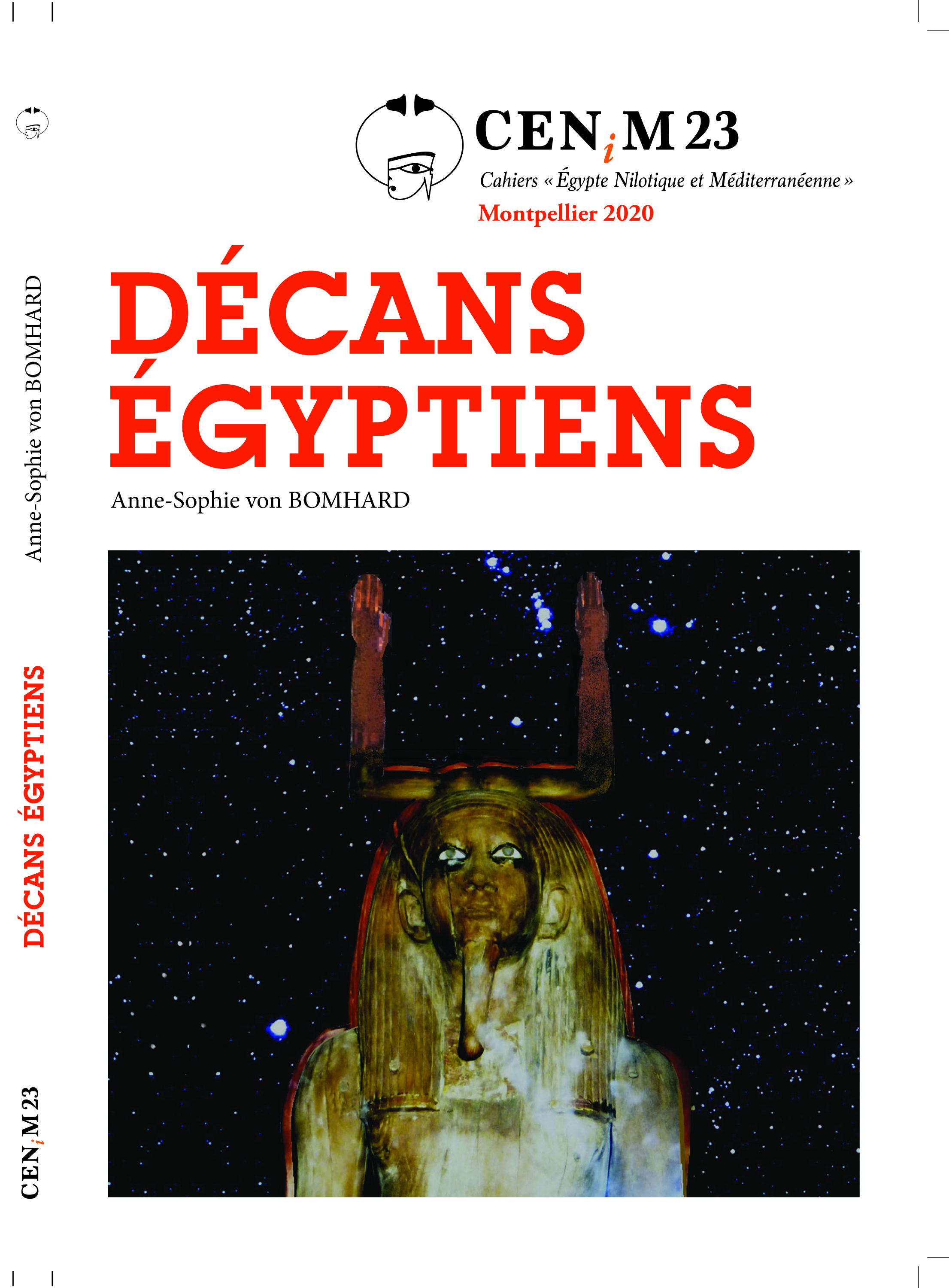 Anne-Sophie von BOMHARD DĂ©cans Ă©gyptiens, CENiM 23, Montpellier, 2020 — (2020)
Anne-Sophie von BOMHARD DĂ©cans Ă©gyptiens, CENiM 23, Montpellier, 2020 — (2020) 
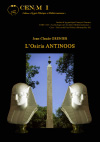 Jean-Claude Grenier L'Osiris ANTINOOS, CENiM 1, Montpellier, 2008 — (26 dĂ©cembre 2008)
Jean-Claude Grenier L'Osiris ANTINOOS, CENiM 1, Montpellier, 2008 — (26 dĂ©cembre 2008) 
TDENiM - Mise en ligne des volumes Ă©puisĂ©s : 
 Twitter
Twitter 4144236 visites - 10578 visite(s) aujourd’hui - 226 connecté(s)
© ENiM - Une revue d’égyptologie sur internet
Équipe Égypte Nilotique et Méditerranéenne - UMR 5140 - « Archéologie des Sociétés Méditerranéennes » (Cnrs) - Université Paul Valéry - Montpellier III
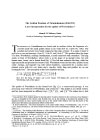
 Télécharger cet article au format pdf
Télécharger cet article au format pdf 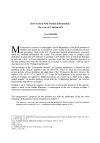
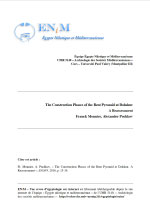
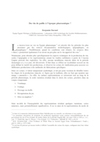
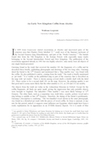
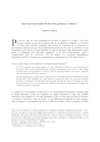
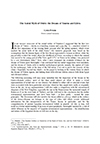
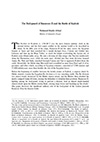
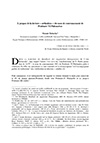
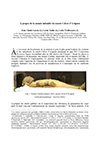
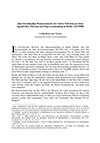
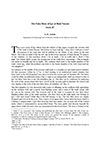
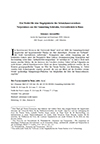
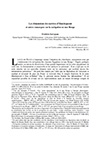
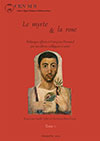
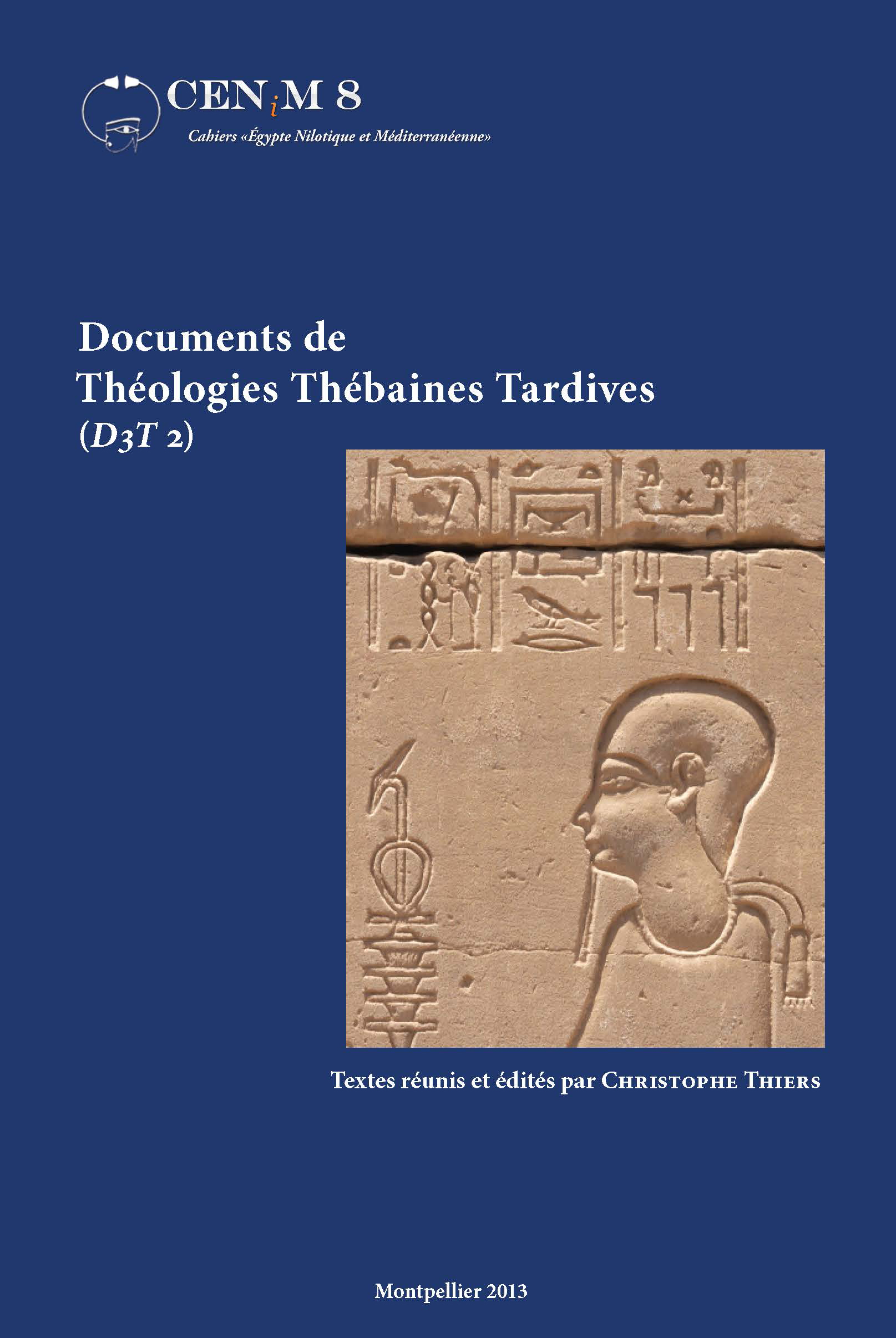
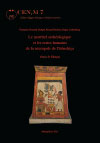
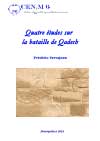
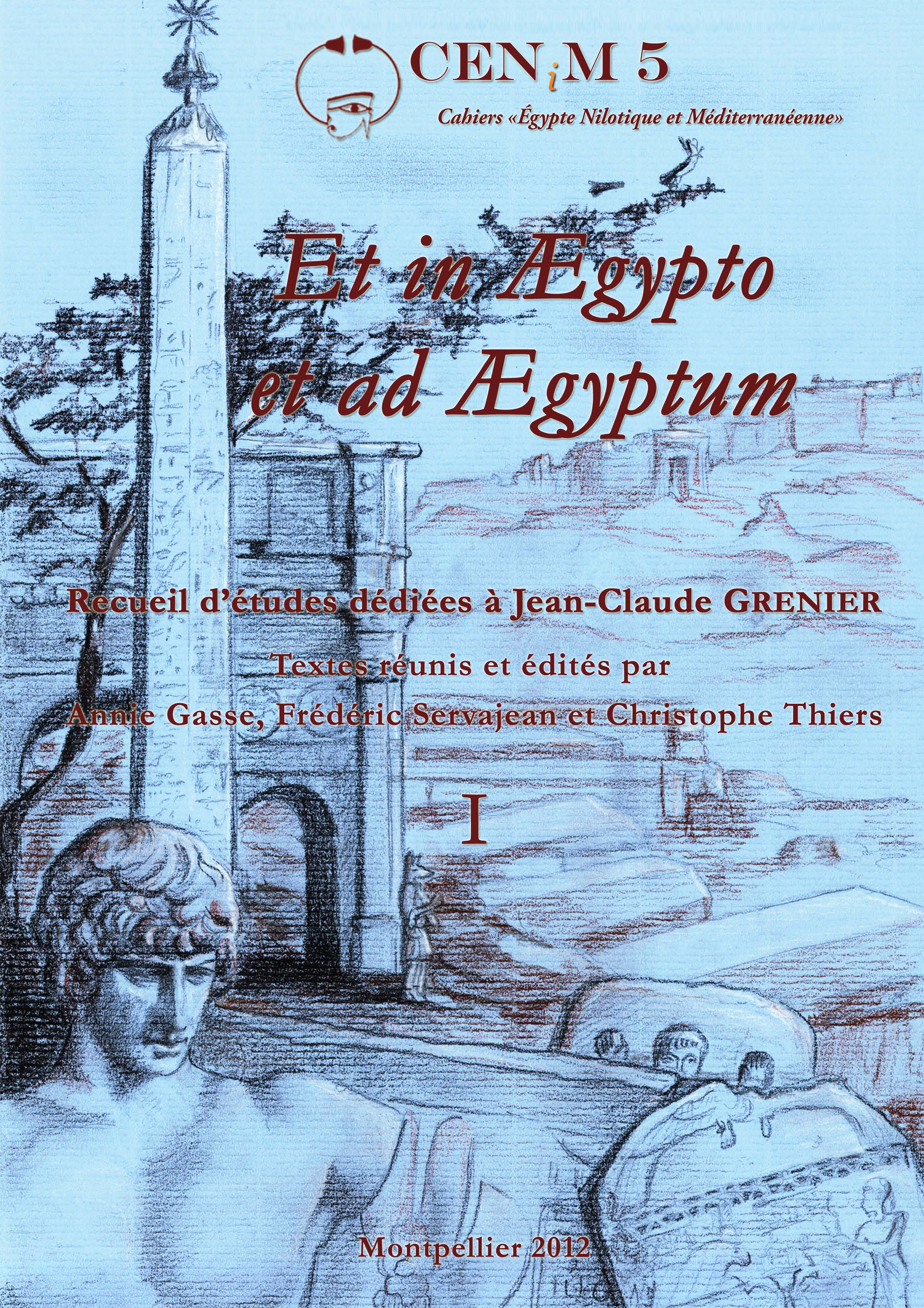
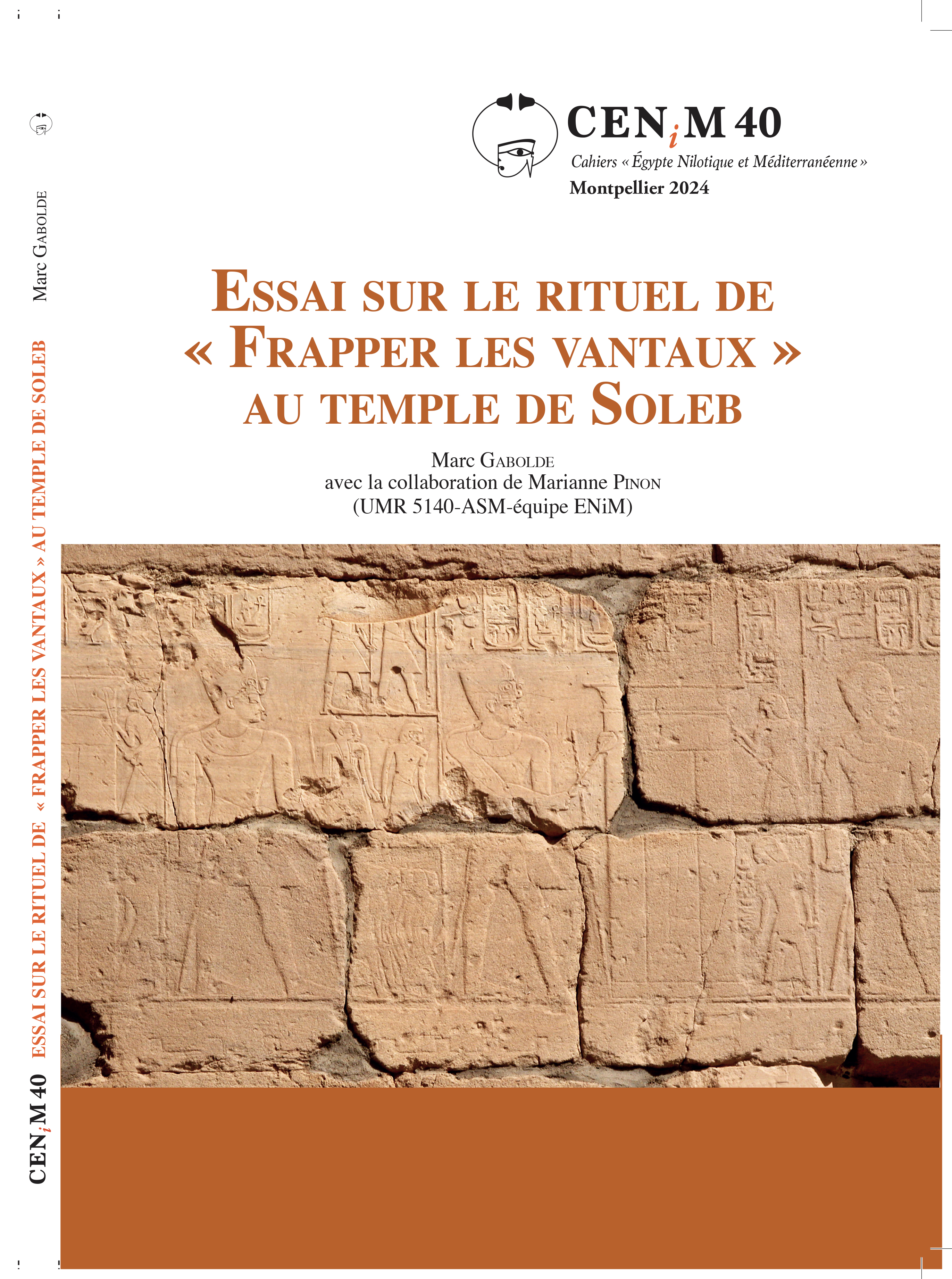
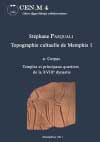
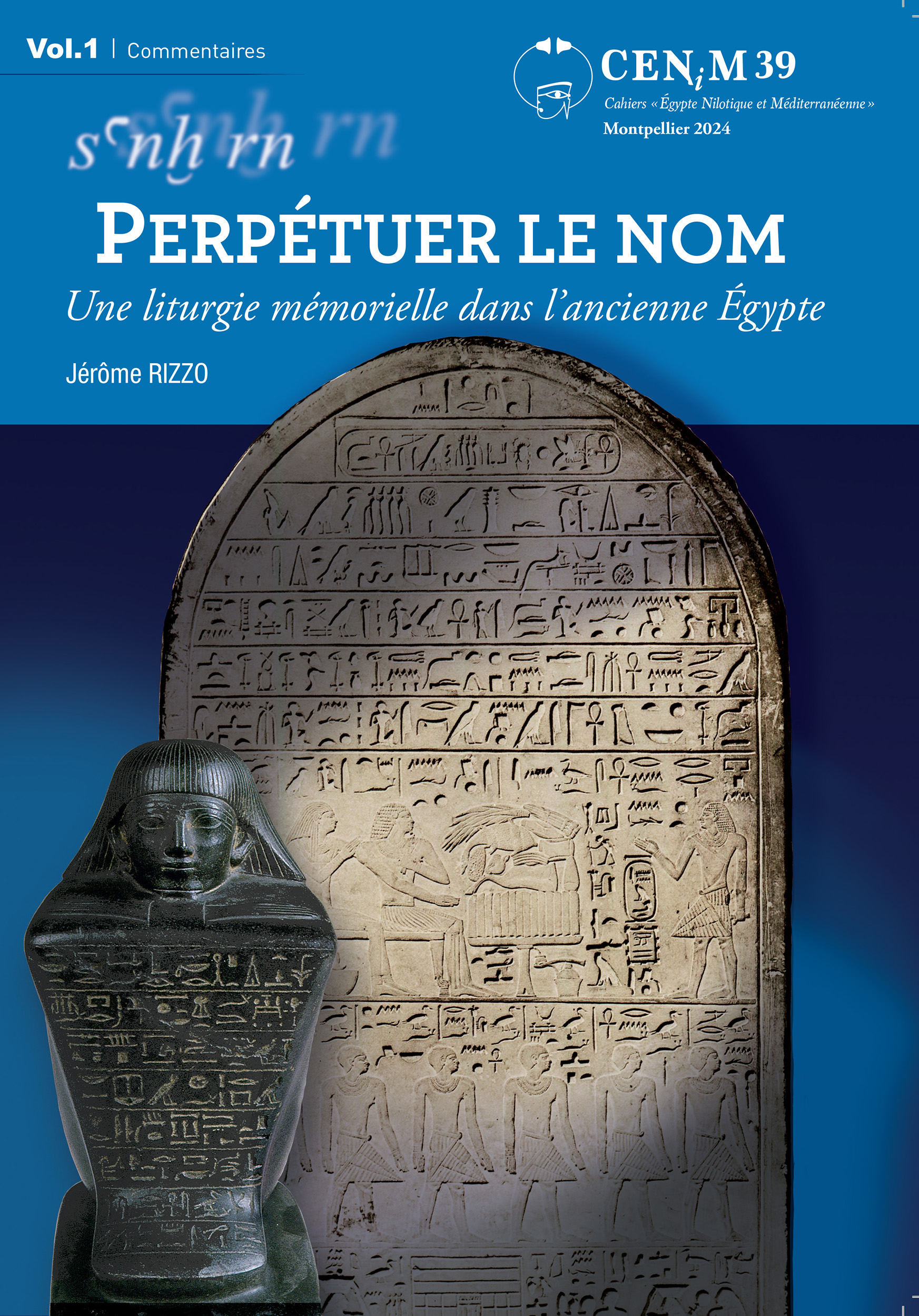
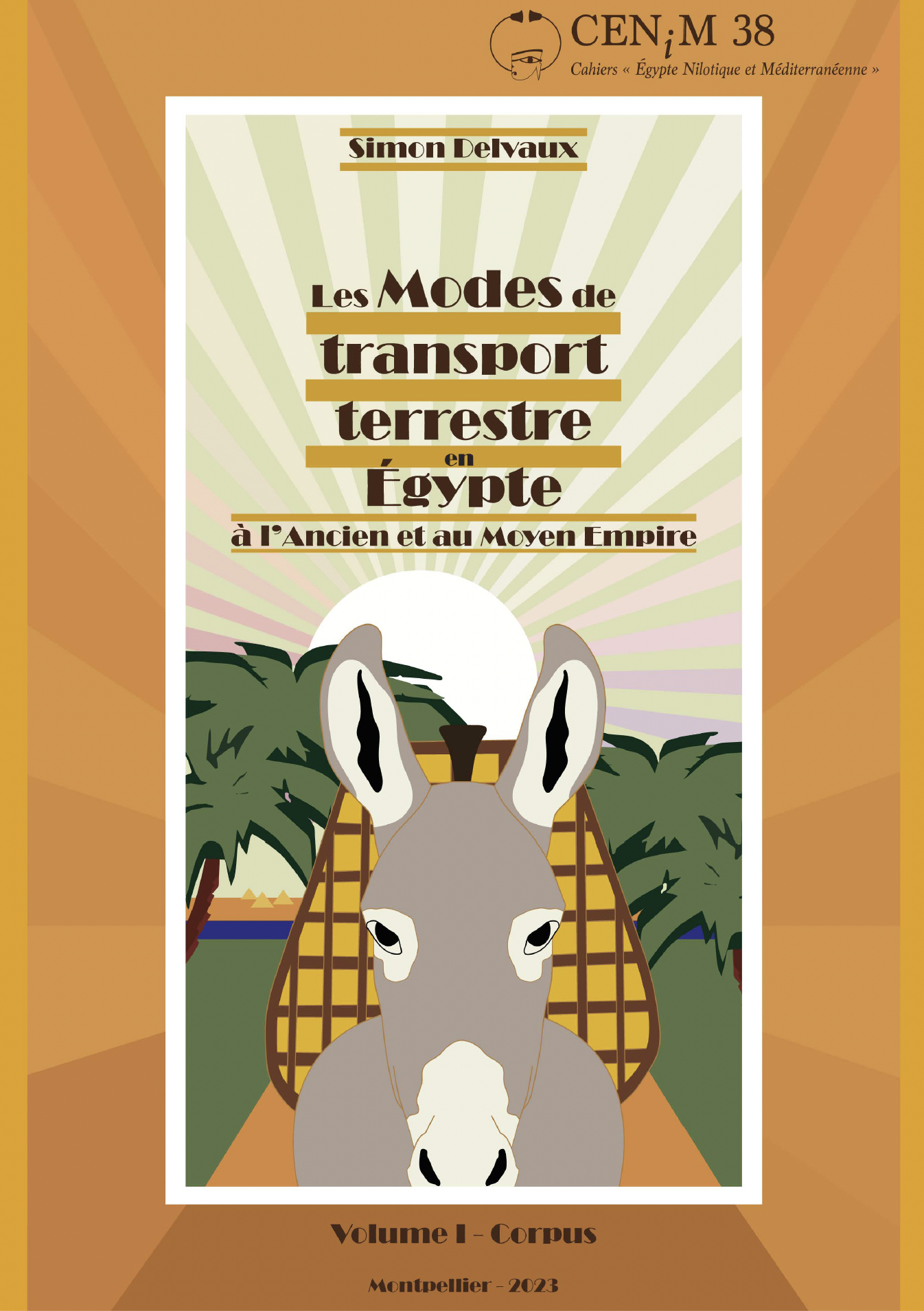
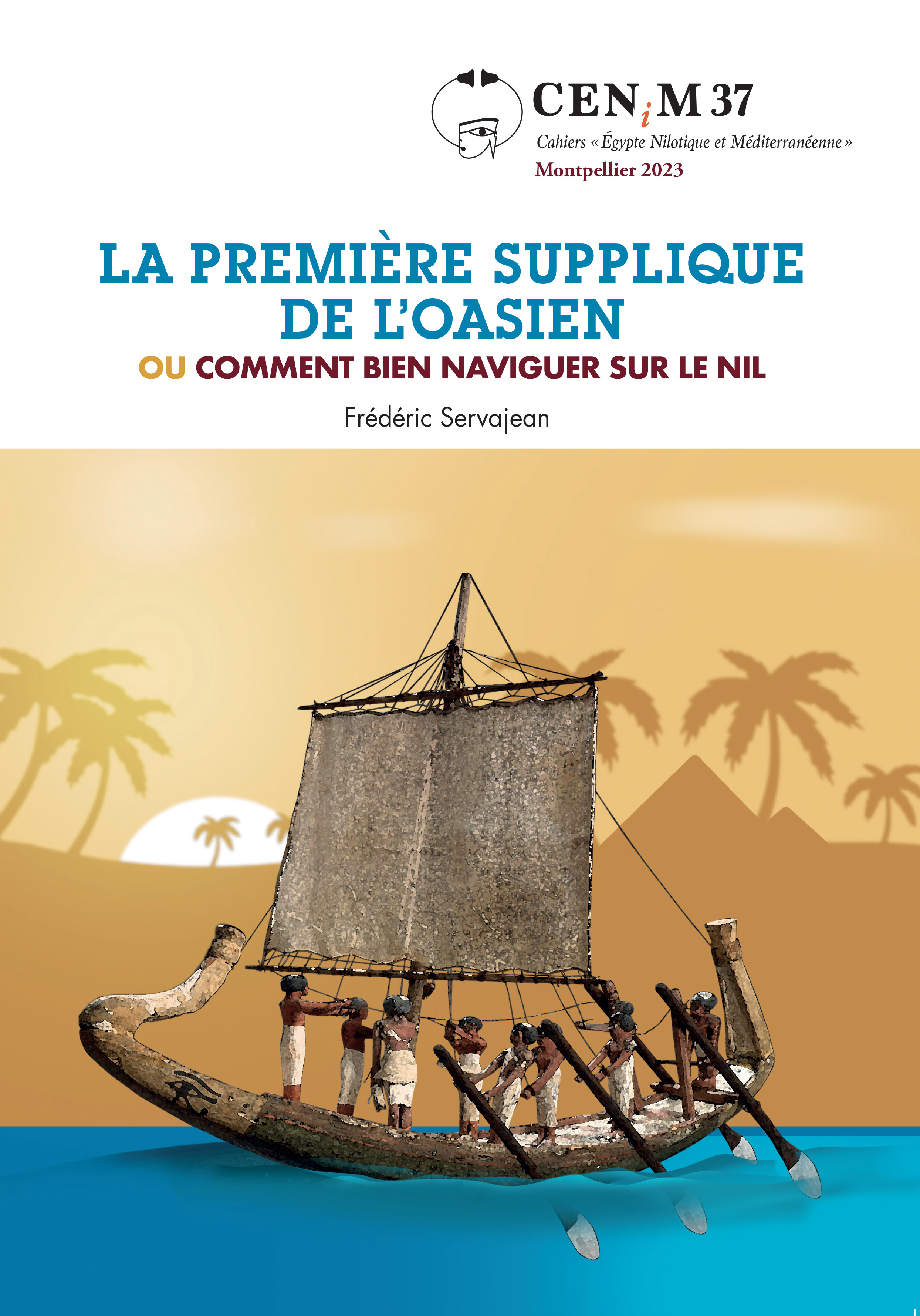
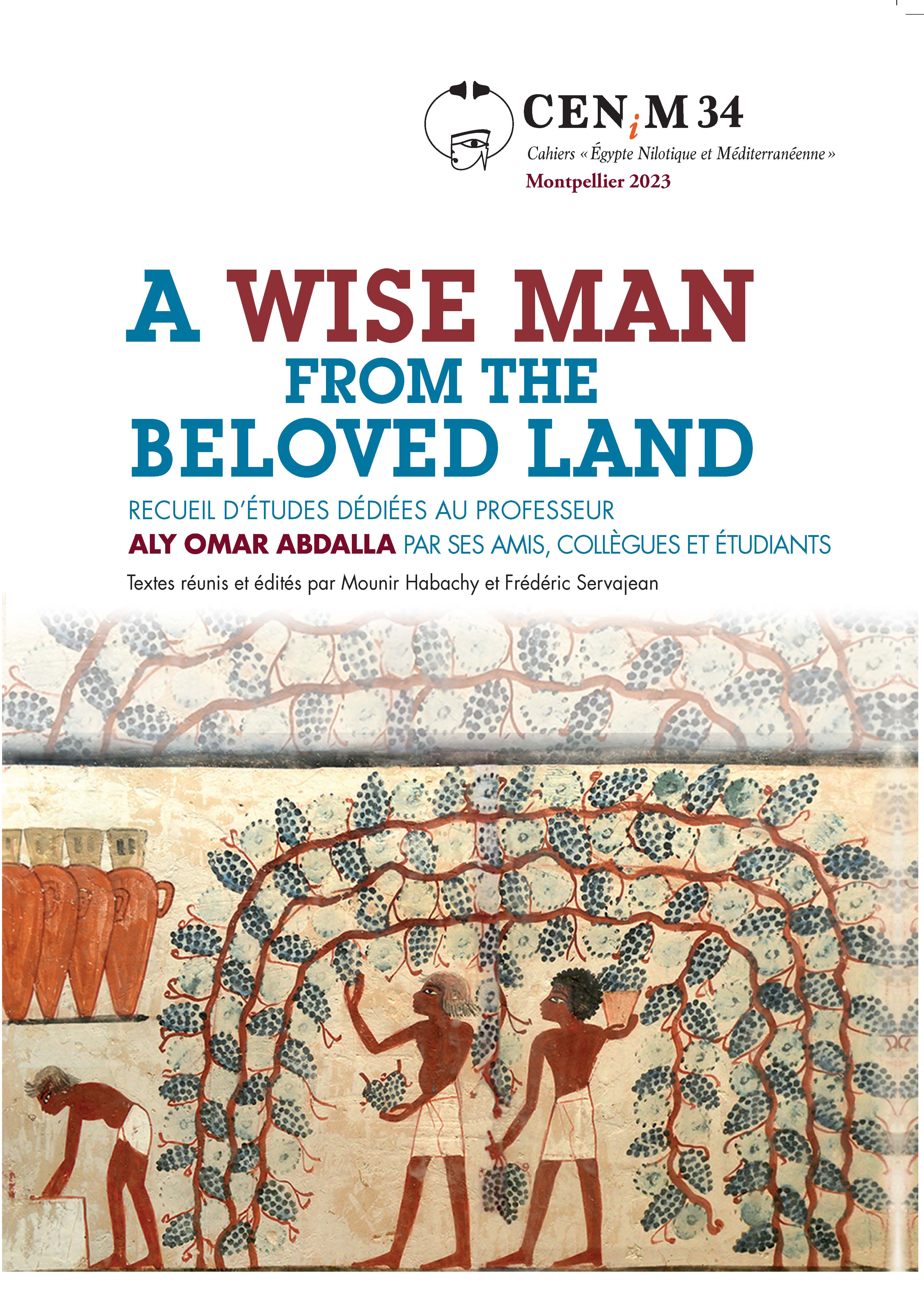
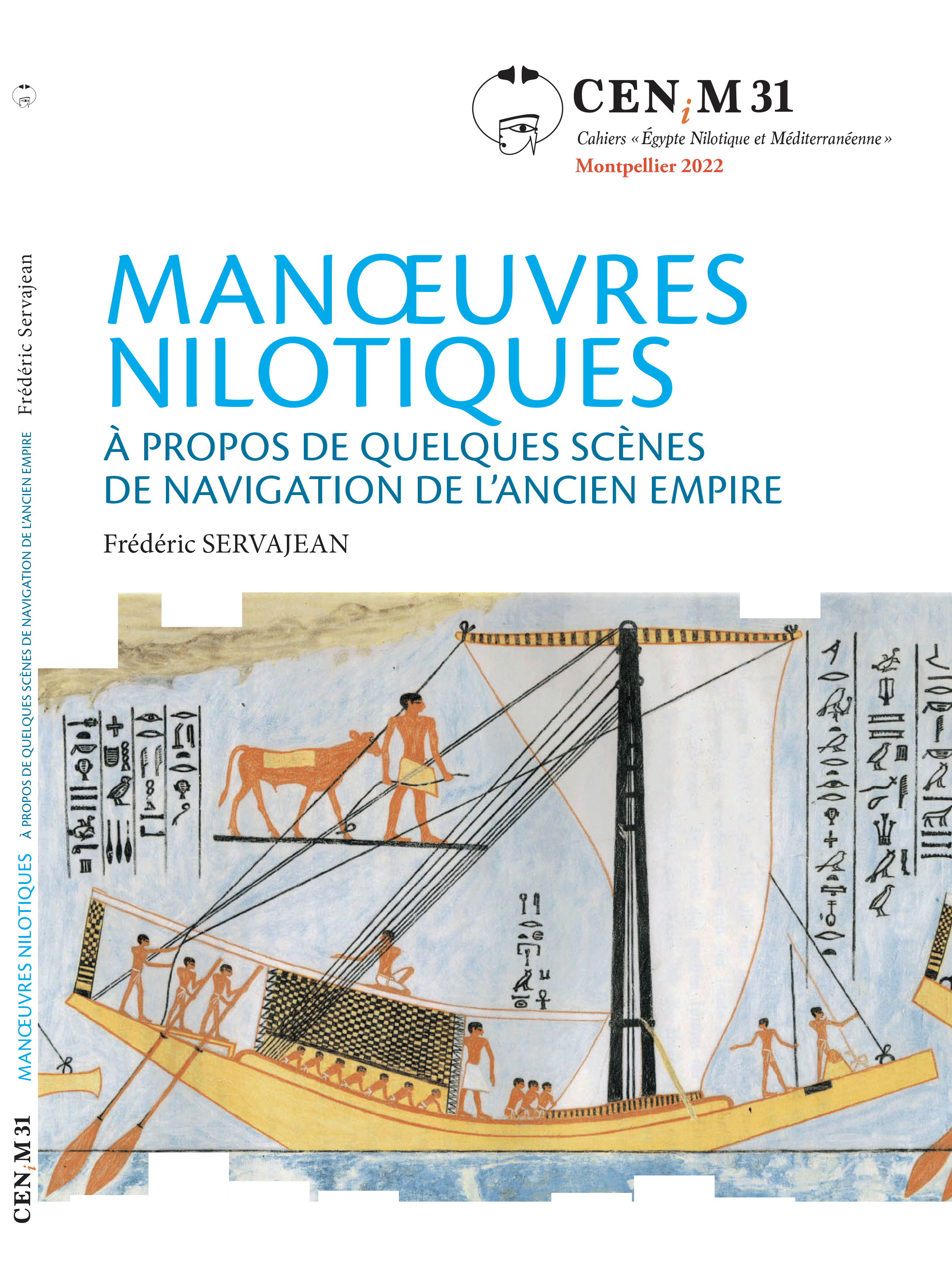
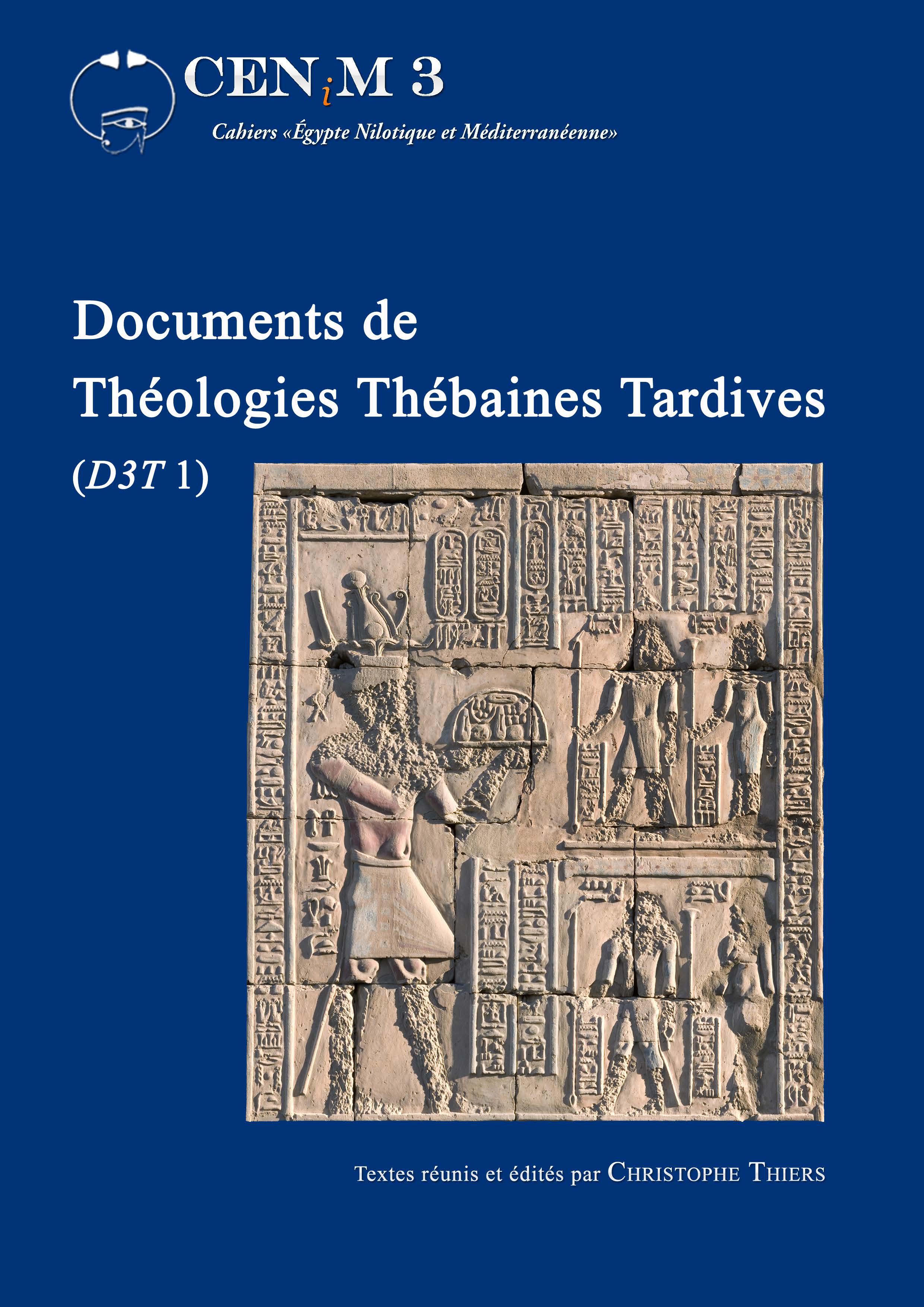
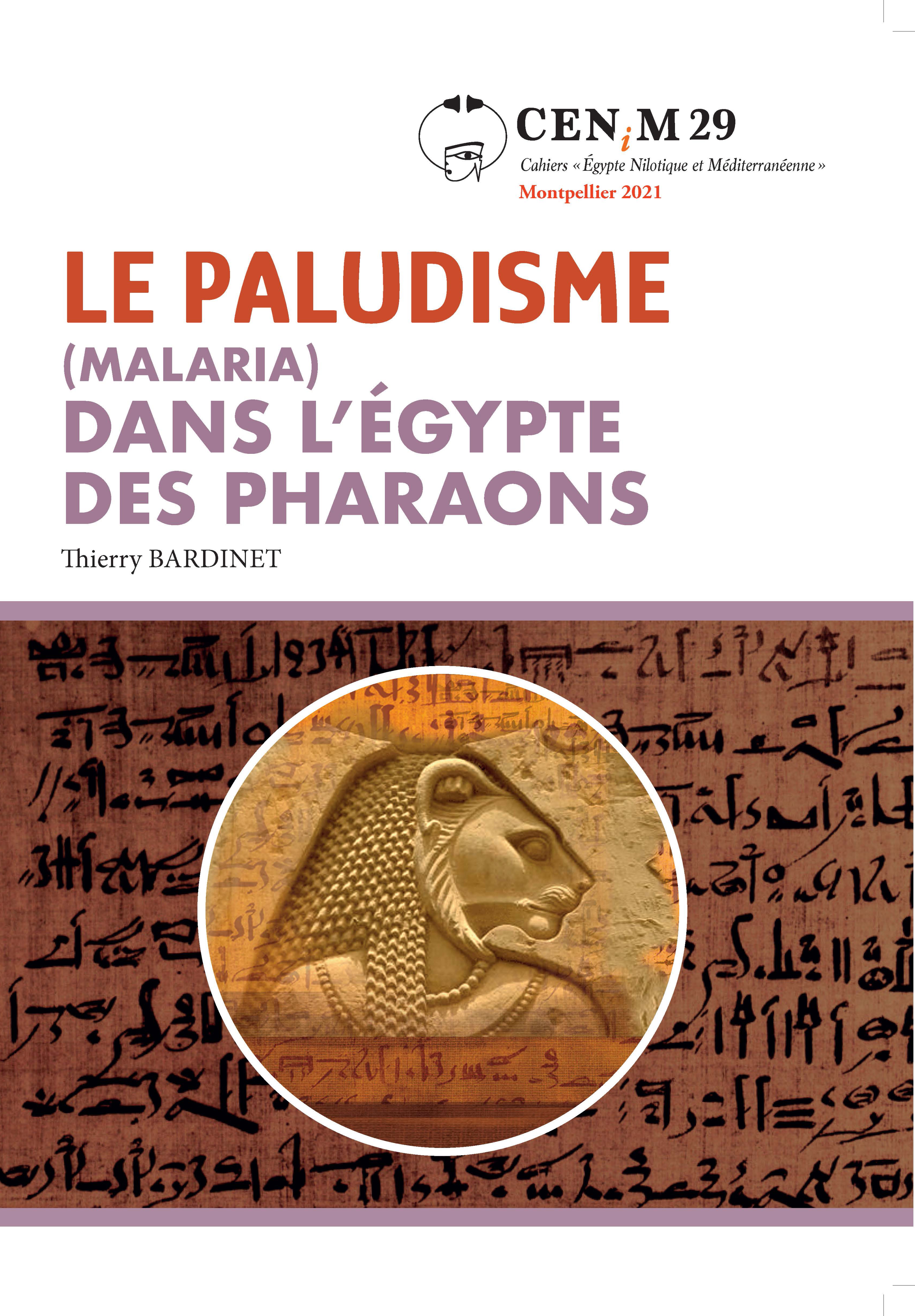
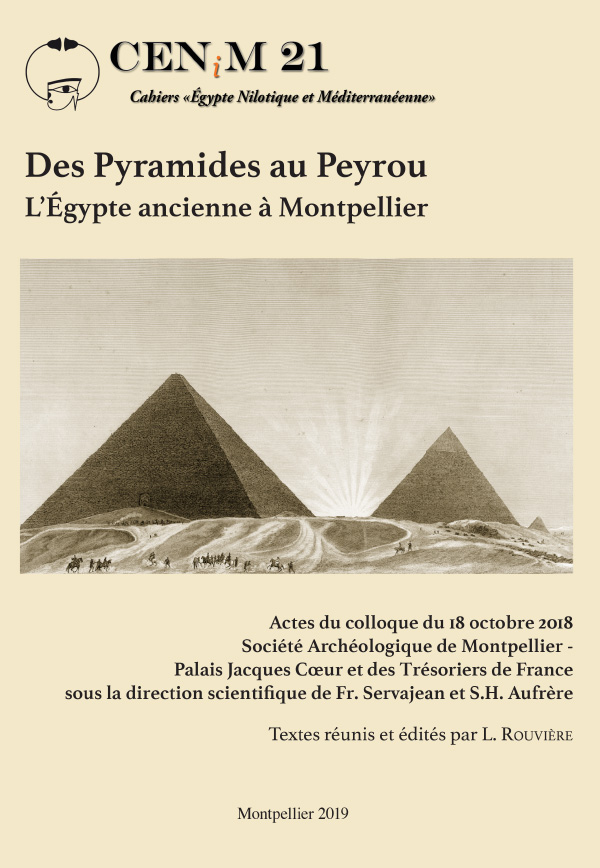
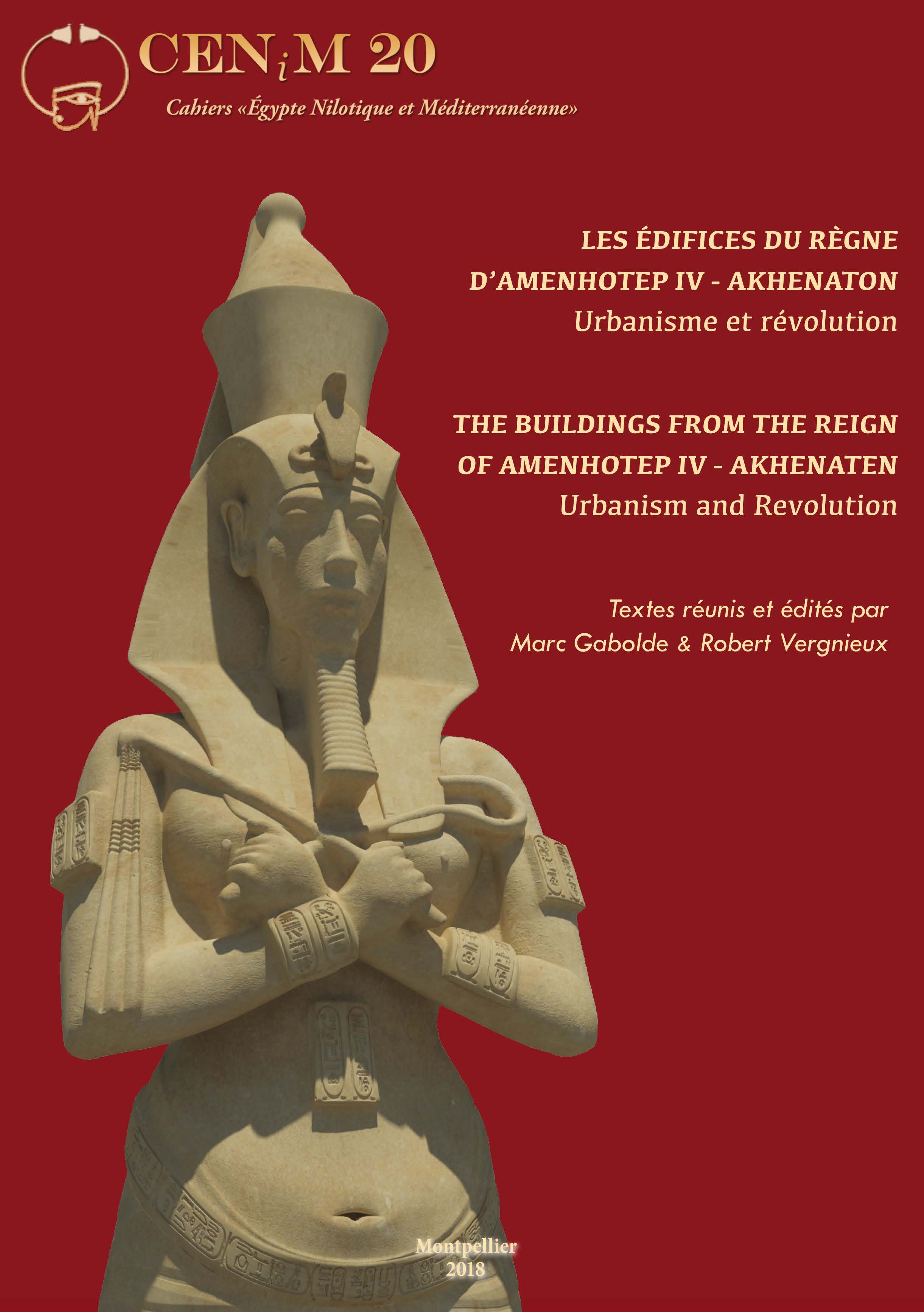
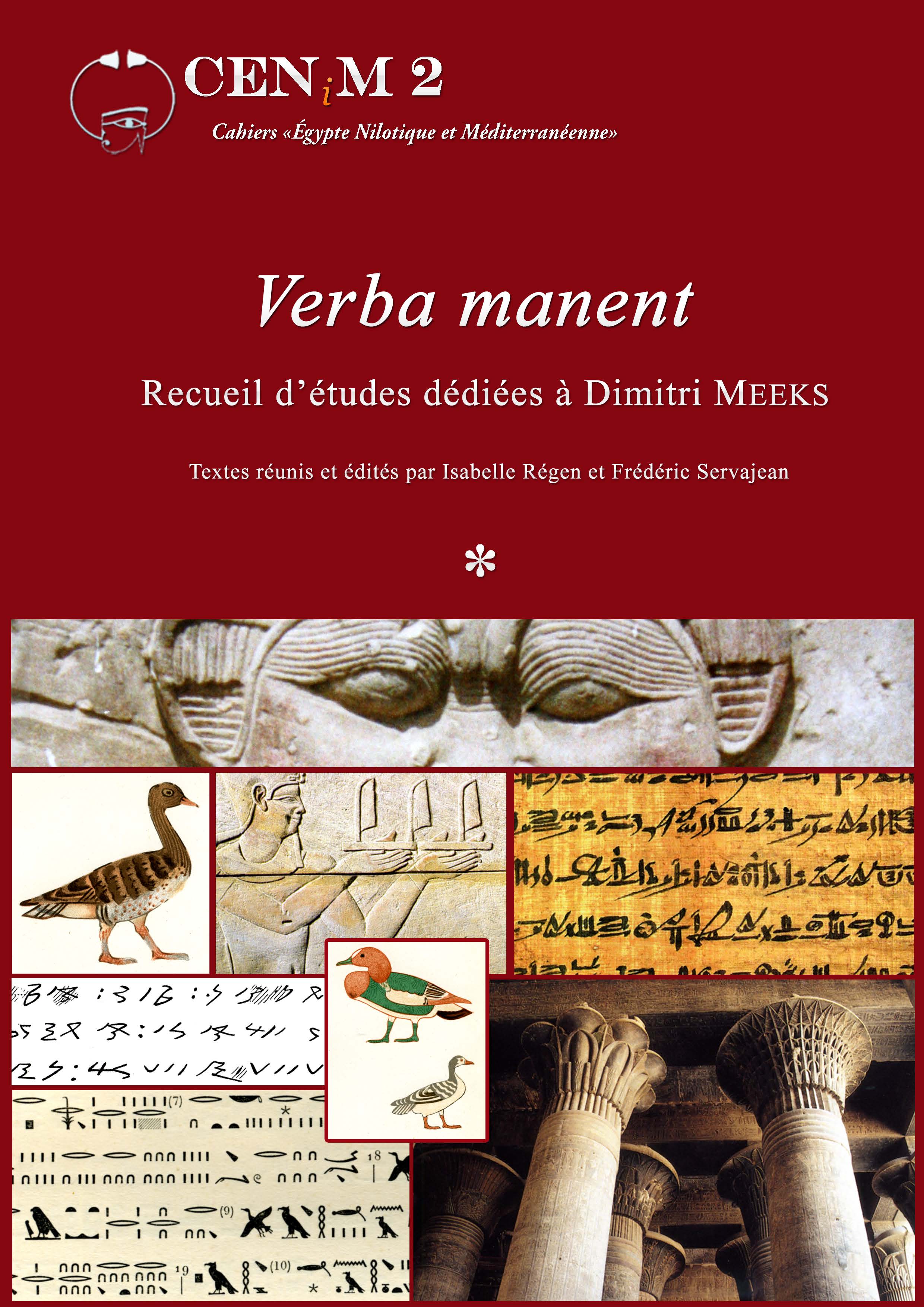
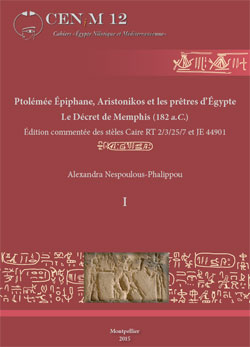
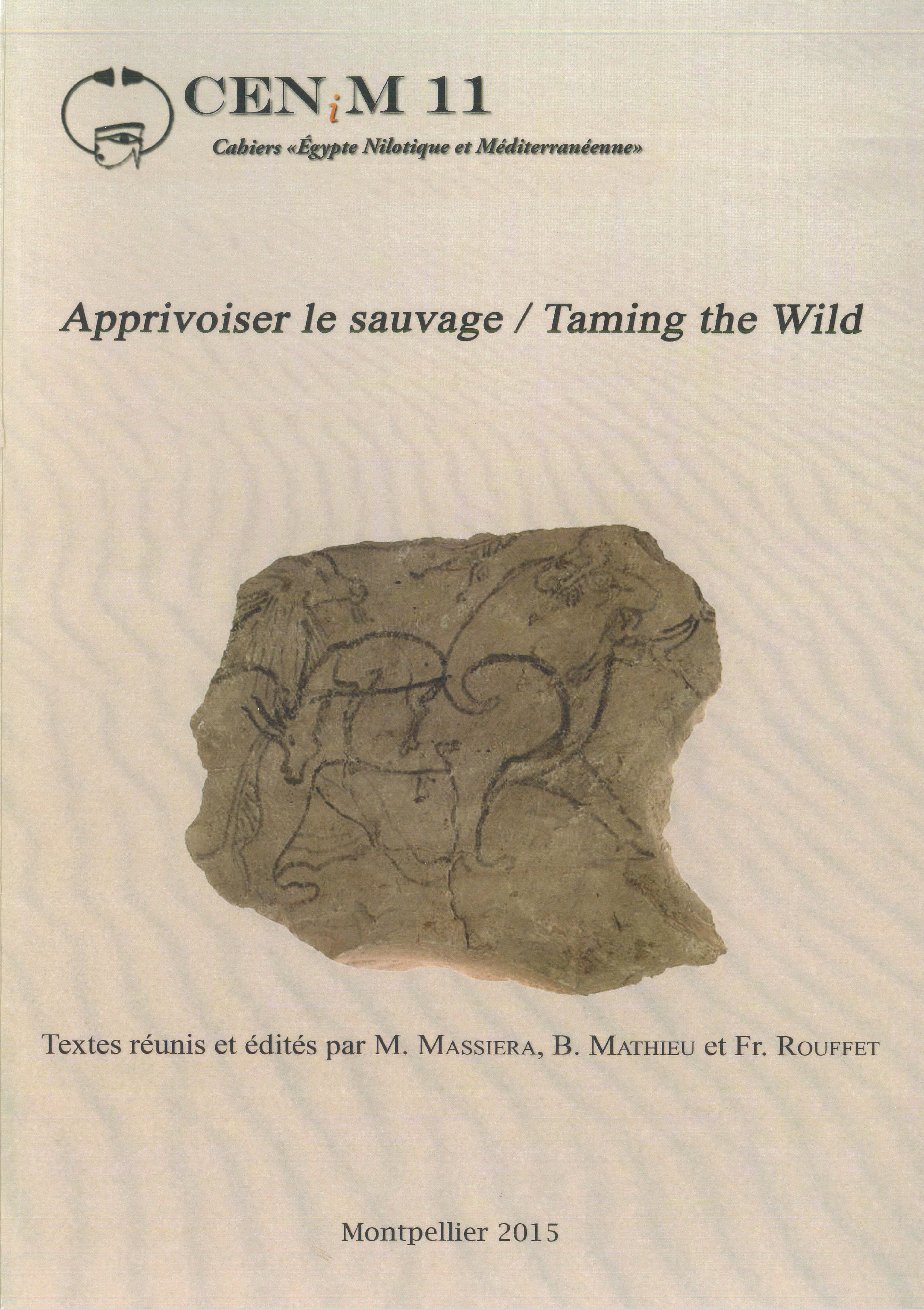
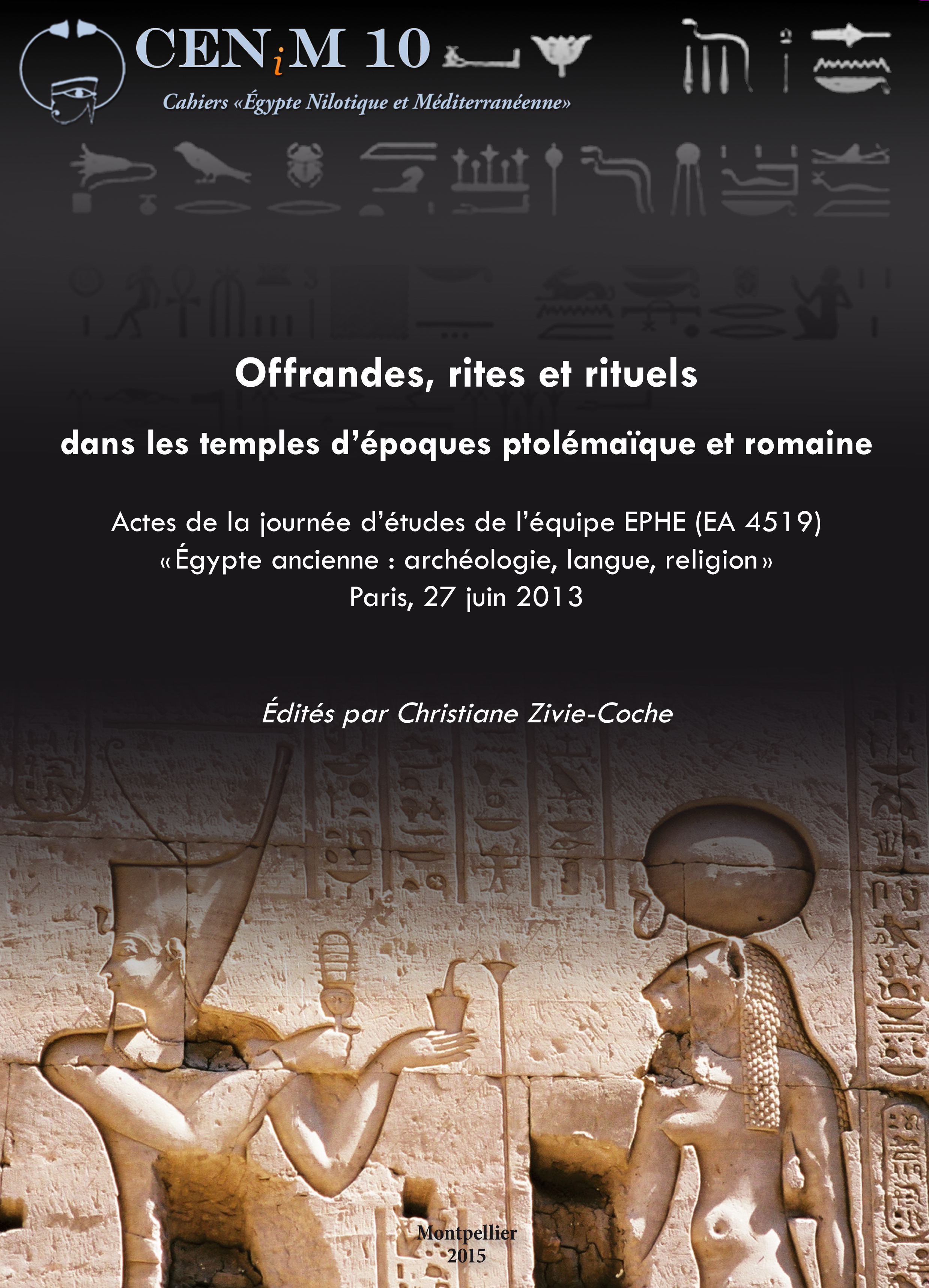
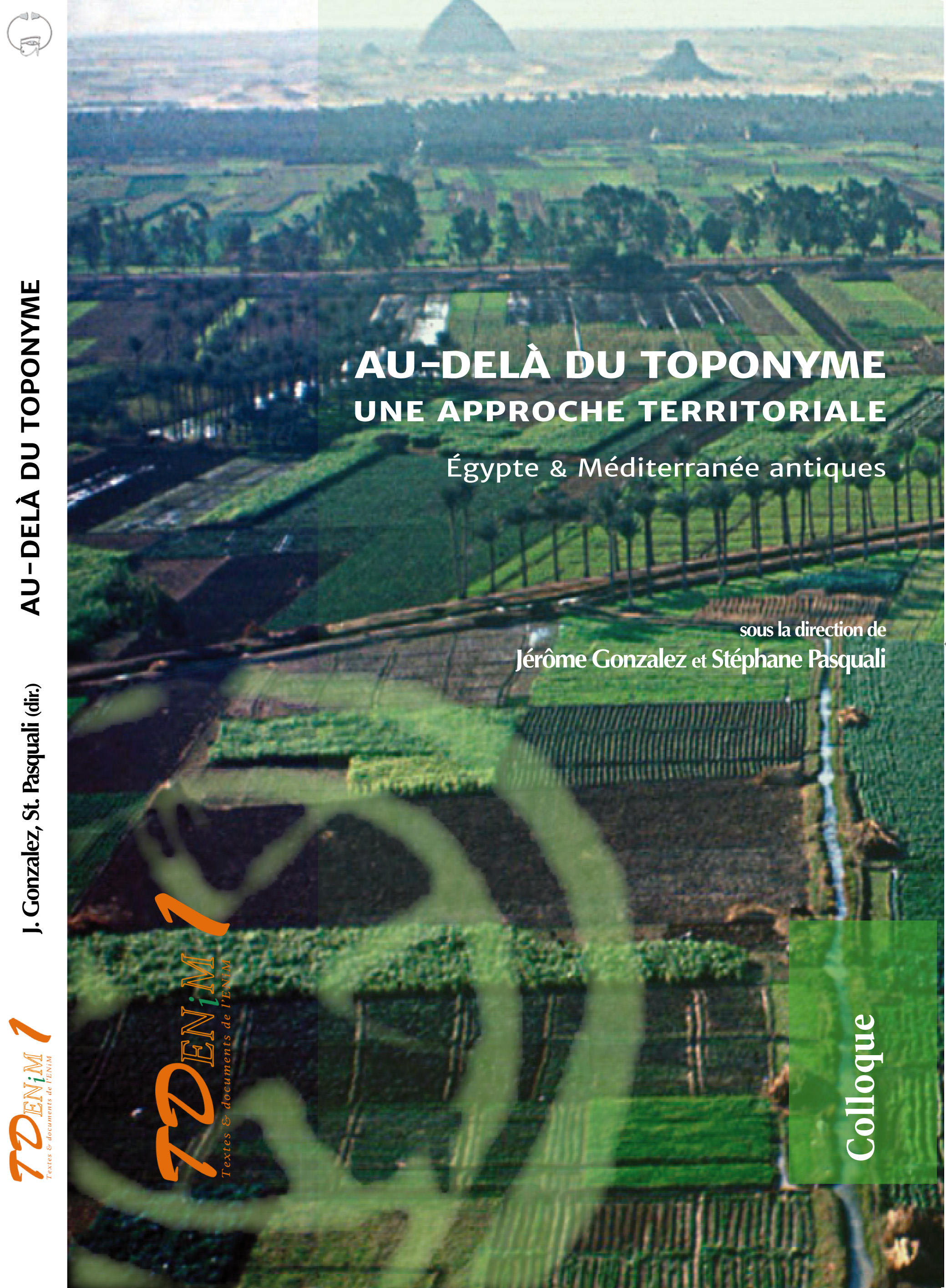
 Contact
Contact
 Abonnez-vous !
Abonnez-vous ! Équipe Égypte Nilotique et Méditerranéenne
Équipe Égypte Nilotique et Méditerranéenne UMR 5140 « Archéologie des Sociétés Méditerranéennes » (Cnrs)
UMR 5140 « Archéologie des Sociétés Méditerranéennes » (Cnrs) Université Paul Valéry - Montpellier III
Université Paul Valéry - Montpellier III